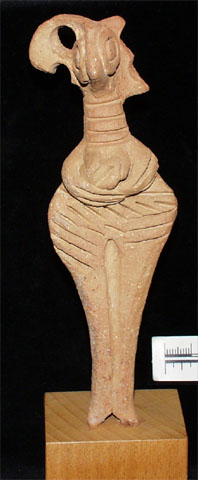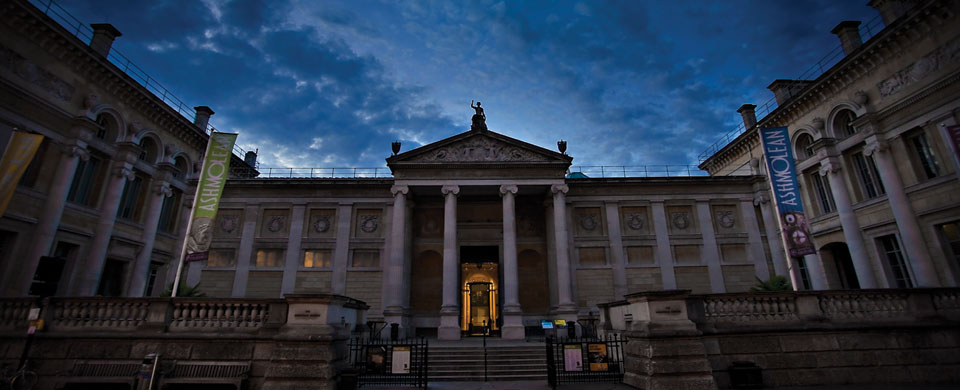| |
It is in the Late Bronze Age (c.1650-1050 BC) that the sanctuary at
Paphos was first established. Female figurines found on the site may
indicate the association of the temple with a fertility goddess although
it is impossible to name her. The structure of the temple resembled
in shape those found in the Near East. Elsewhere on the island, other
Near Eastern influences were creeping into the fertility cult. This
terracotta figurine of a fertility goddess, dated to circa 13th century
BC, is very similar to Astarte figurines found in Syria. They first
appeared at the beginning of the 15th century. This figure was found
in the Kafkalla cemetery in Dhenia village in the district of Nicosia,
but figurines of this type have been found all over the island. She
is naked, with prominent hips and is also carrying a child. She has
bird-like features, similar to the Syrian statuettes, and around her
neck can be seen a multiple-layered necklace, like those on the Cypriot
plank figures. Birds were thought to represent fertility at this time,
as well as bulls and other horned creatures. The broken clay around
her head represents ears and the holes are piercings. She would have
had metal or clay hoops threaded through them. Jewellery is a very prominent
feature of Cypriot culture from the very earliest times, many of the
anthropomorphic figurines being depicted wearing necklaces or earrings
of some sort. The Syrian equivalents sometimes have belly button piercings!
These figurines were found in both burials and settlements and were
probably personal possessions buried with their owners in death.
|
 |



